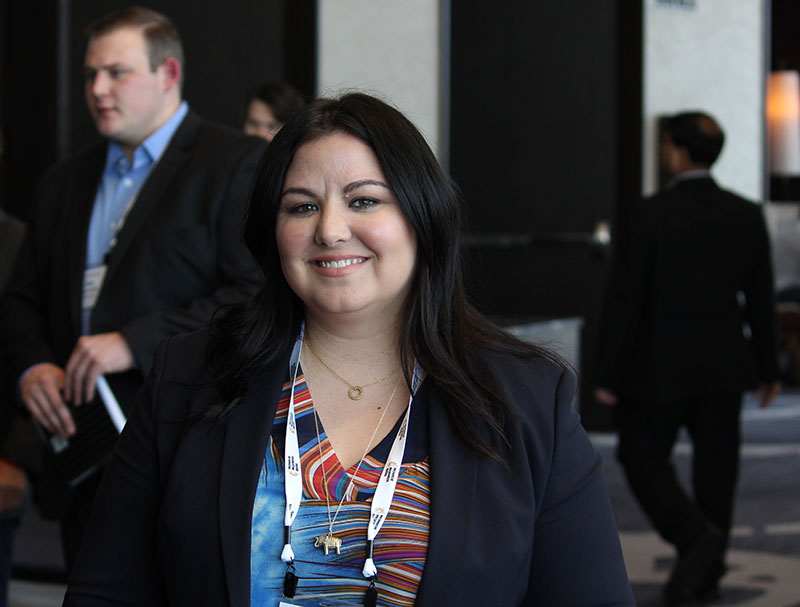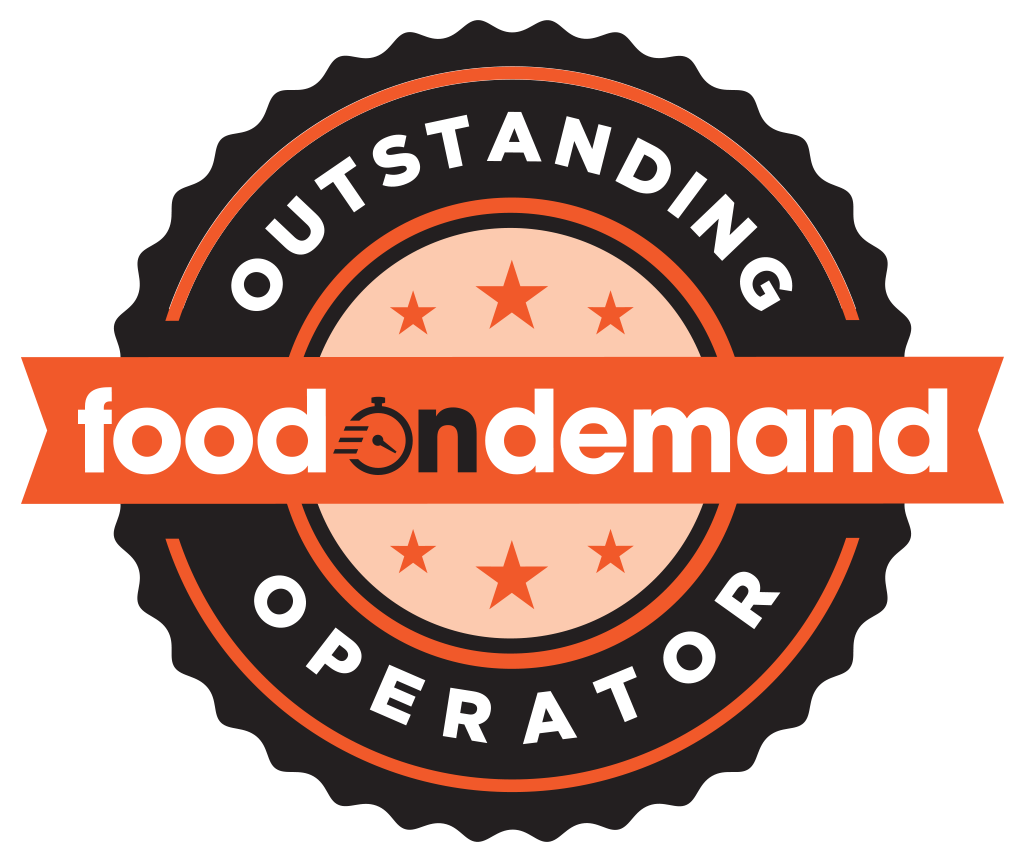For all the restaurant operators grappling with how they can expand mobile delivery without losing their shirt—in other words, all of them—Laura Rea Dickey says one statistic may convince them that jumping on the wave is not optional.
“What we have found is for us, it’s not a choice,” said Dickey, CEO of the 77-year-old Dickey’s Barbecue Pit based in Dallas. “We would be losing probably 8 percent of our customer base if we didn’t have food on demand. That was really compelling to me.” She learned that choice statistic after conducting research, something she recommends to others.
“Can you afford to lose 8 percent of your customer base?” she asked the FOD audience. “We brought in people that are a lot smarter than me to not only help us retain our customers, but build them. We looked at it and said we have to have a hybrid approach,” with both direct delivery operated themselves and a third-party service. “That’s what worked for us.”
Phil Friedman, CEO of Salsarita’s, said his team is analyzing each restaurant, one by one, and adapting the model to what makes sense. “Fully costing anything you’re doing is important. We have to participate, but we have to participate smartly,” he said. “Relevance and access” are the two most important things mobile delivery brings to a restaurant brand.
Mark Hardison, VP of marketing at El Pollo Loco, said 80 percent of his brand’s mobile orders are incremental, meaning they are on top of what they would otherwise get from drive-thru or in-restaurant orders, while 20 percent cannibalize other types of orders. About 55 percent of El Pollo Loco’s restaurants are franchised, and Hardison said inviting operators to participate in the discussions around mobile delivery was important. “Like any big initiative it starts with communication and collaboration. As we started talking about delivery, a lot of our franchisees were already participating with GrubHub or DoorDash and we could use their experience.”
Last summer, the brand hosted a demo day with each of the third-party delivery services coming in to answer questions, including the head of the marketing advisory council, a franchisee. “He got to ask questions first-hand on behalf of franchisees on how this would work,” which helped to gain operator buy-in.
(As other panelists noted, corporate-owned stores also need to work on buy-in, as many report having managers at the store level turn off the online ordering app if things get too busy, or hiding certain menu items if they’re too time-consuming to make.)
Most operators today complain about the commissions third-party players charge, but Dickey pushes back on that idea. “We love third-party partners. Would I rather retain that 18 to 22 percent commission? Absolutely. But we would probably be losing 8 percent of our customer base because they are opting to be third-party guests first,” she said.
“I view it as, it’s not the third-party partner’s responsibility to make that profitable for us, it’s mine. You have to invest in the marketing, the training and make that work for you. The onus is on us as restaurateurs, not on the third party that’s providing that additional service.”


